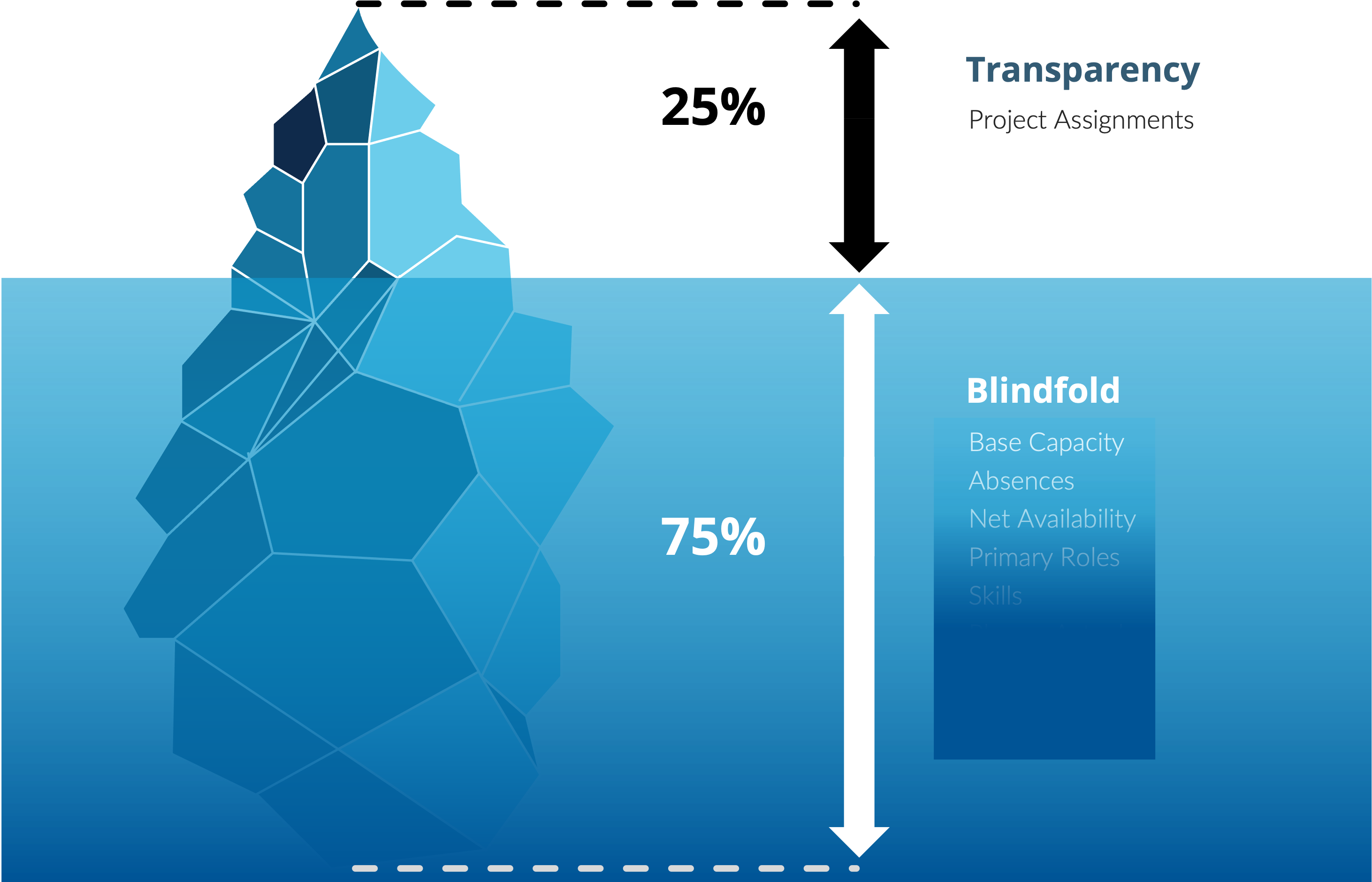Capacity Management
Resource planning with a capacity standard for cross-dimensional staffing
A standard for capacities
The first step in the implementation of resource management is the definition of your company’s capacity standards. Those standards may already be in place, but the first challenge most companies find is that they are badly defined, or they are perceived very differently across business units and between departments. Some speak of capacity, but they mean the already adjusted project capacity. Others speak of change capacity, implementing buffers to help cope with unexpected change and risk.
In reality there are many different definitions of capacity for different stakeholders and decisions at the portfolio level have been made with distorted resource data. If you want to set up a capable resource management, you might want to take a closer look at the very first module in the list above and ask yourself how you want to define capacity, how you want to calculate it and how you want to ensure that it is used uniformly throughout the organization.
Project capacity is just the tip of the iceberg
The definition of capacity begins with the adjustment of gross capacity (base capacity) using a variety of processes. The net capacity that remains after this adjustment is then available for “base loads” or business-as-usual (BAU) as well as for specific projects. Once it has been uniformly defined, capacity definition is then adopted by the organization to create a consensual understanding and to enable company-wide capacity management at all levels. The good news is that after you have created this solid foundation, purpose-built technologies and tools take over all the work in capacity management for you.
“The long-term success of your resource portfolio management is determined by those first calls in capacity management. Make sure they are the correct ones.”
Valkeen Projects
Valkeen Expertise | Capacity Management
We support you in defining capacity and setting up a robust unit that you can use for company-wide capacity planning. The goal is to eliminate silos and shadow accounting for capacities in order to make all available capacities, especially project and line capacities, comparable and controllable for the portfolio.



